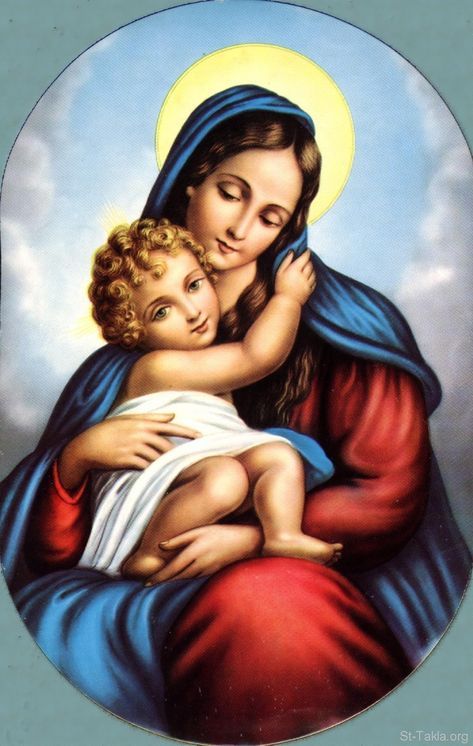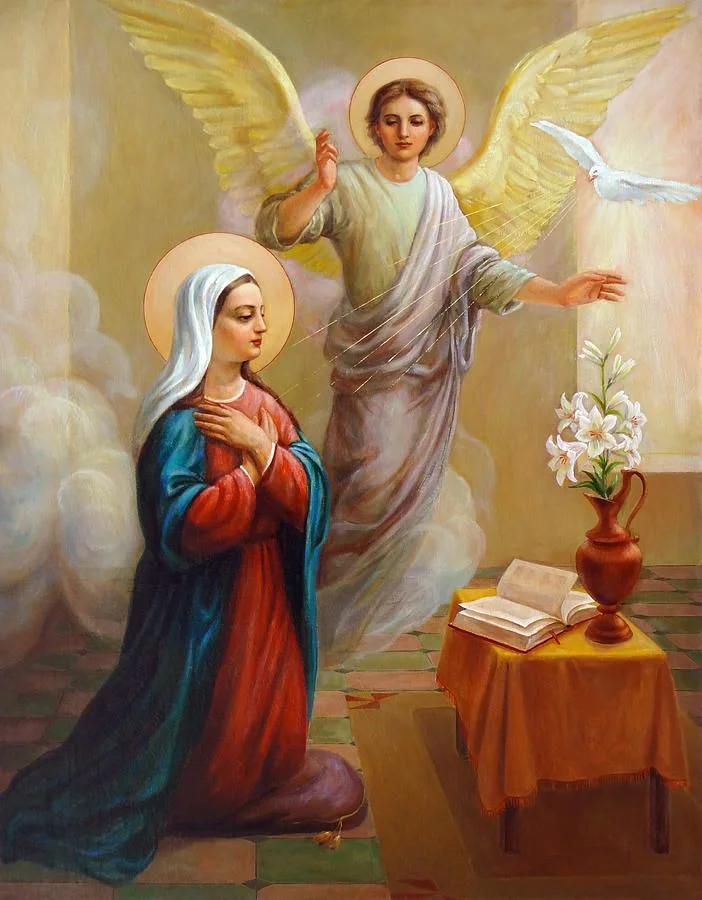The Rosary: A Marian Contemplative Practice and its Theological Significance
Introduction: Defining Key Concepts
This essay explores the Rosary, a Catholic devotional practice, examining its theological underpinnings and spiritual efficacy. We will analyze its structure, focusing on the various sets of mysteries and their symbolic significance within the broader context of Marian theology and Christology. Key concepts include Marian devotion, the understanding of Mary's role in salvation history; Christocentricity, emphasizing Christ as the central figure; and contemplative prayer, a method of prayer focused on reflective meditation and union with God. We will draw upon relevant theological principles and models, including the concept of intercessory prayer and the role of the sacraments in the Catholic faith. The application of these concepts will be demonstrated through an analysis of the Rosary's structure and its impact on spiritual development.
The Structure and Significance of the Rosary Mysteries
The Rosary's structure is based on a cyclical pattern of prayers, primarily the Hail Mary, interwoven with meditations on specific events in the life of Jesus Christ, known as the Mysteries. This repetitive structure facilitates contemplative prayer, allowing for a deeper engagement with the narrative of salvation. The traditional mysteries are categorized into Joyful, Sorrowful, Glorious, and Luminous sets. Each set provides a unique lens through which to understand Christ's life, death, and resurrection. The Joyful Mysteries focus on the Incarnation and its immediate aftermath, highlighting God's grace and Mary's role in the divine plan. The Sorrowful Mysteries, conversely, emphasize the suffering of Christ, underscoring the significance of his sacrifice for humanity. The Glorious Mysteries celebrate the triumph of Christ over death and the promise of eternal life, drawing upon themes of resurrection and ascension. Finally, the Luminous Mysteries, added by Pope John Paul II, illuminate the public ministry of Jesus, emphasizing specific events that reveal his identity and mission.
Mary's Role as Intercessor and Spiritual Guide
The Rosary’s structure integrates Marian devotion inherently. The recitation of the Hail Mary, a prayer invoking Mary's intercession, underscores her role as a model of faith and a powerful intercessor before God. This aligns with the theological concept of mediatrix, where Mary, as Mother of God, assists in bringing humanity closer to Christ. The Rosary's meditative structure facilitates personal reflection on Mary's life and her relationship with Jesus, allowing for emulation of her virtues and a deepening appreciation of her maternal role within the context of Christian faith. This resonates with theological models that emphasize the importance of spiritual mentorship and the emulation of virtuous figures.
The Rosary and Contemplative Prayer: A Path to Spiritual Transformation
The Rosary's repetitive structure and focus on meditative reflection facilitate contemplative prayer. The systematic engagement with the mysteries and the rhythmic repetition of prayers promote a state of mindfulness and interiority, allowing for a deeper connection with God and a heightened awareness of His presence in daily life. This aligns with the principles of contemplative prayer, which seeks to cultivate a deep communion with the divine through a process of reflective meditation and self-emptying. Regular practice of the Rosary can foster spiritual growth, leading to increased faith, hope, and love, thereby transforming the individual's relationship with God and others.
Biblical and Theological Foundations of Marian Devotion
The theological basis for Marian devotion is rooted in scripture and tradition. The Annunciation narrative (Luke 1:26-38) highlights Mary’s pivotal role in the Incarnation, while other biblical passages and patristic writings emphasize her unique status as the Mother of God. Doctrines such as the Immaculate Conception and the Assumption further solidify the understanding of Mary’s sanctity and her privileged position within the economy of salvation. These beliefs are supported by centuries of Catholic tradition and theological reflection, shaping the devotional practices, including the Rosary, that express veneration towards Mary. This historical context is crucial for understanding the significance of the Rosary within the broader framework of Catholic belief.
The Rosary in the Context of Catholic Tradition and Sainthood
The Rosary is deeply embedded in Catholic tradition and has been championed by numerous saints and theologians throughout history. Figures like Saint Louis de Montfort and Saint Teresa of Calcutta have testified to its spiritual efficacy and transformative power. Their writings and experiences illustrate the Rosary's capacity to deepen one's faith, provide solace in times of trial, and serve as a powerful tool for spiritual warfare, reinforcing the importance of this devotional practice within the broader context of Catholic spirituality. The historical witness of these figures strengthens the understanding of the Rosary's efficacy and supports its continued relevance in contemporary spiritual practice.
Conclusions and Recommendations
The Rosary, viewed through a theological lens, emerges not simply as a repetitive prayer, but as a potent tool for spiritual growth and transformation. Its structure facilitates contemplative prayer, allowing for deeper engagement with the life, death, and resurrection of Christ and the role of Mary in salvation history. The systematic meditation on the mysteries offers a rich tapestry of spiritual insights, fostering a closer relationship with both Jesus and Mary. Future research could explore the psychological and neurological effects of contemplative practices like the Rosary, investigating its impact on stress reduction, emotional well-being, and cognitive function. This could provide valuable insights into the multifaceted benefits of this traditional devotional practice. Promoting the Rosary as a means of contemplative prayer could enhance spiritual formation initiatives within various pastoral contexts.
Reader Pool:
Considering the theological framework presented, how might a deeper understanding of the Rosary's structure and symbolism contribute to a more meaningful and enriching spiritual practice?






No comments yet. Be the first to share your thoughts!